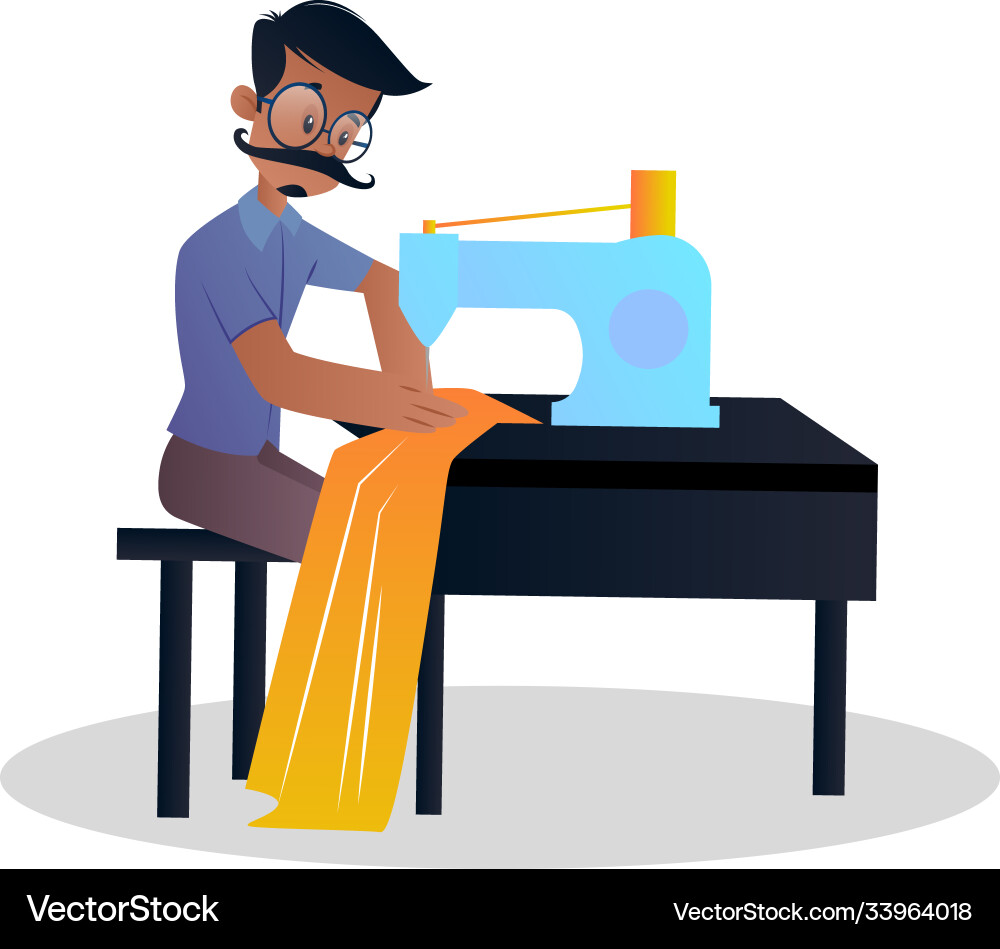Transform Your Appearance with Tailor Perth: Customized Tailoring Services
Understanding the Tailoring Refine: From Textile Option to Final Suitable for the Ideal Closet
The customizing procedure is a complex interplay of art and science, beginning with the important choice of textile choice and culminating in the accurate adjustments of last installations. Each textile kind brings one-of-a-kind top qualities that affect not only the visual appeal yet also the garment's longevity and viability for various events. Understanding the nuances of tailoring strategies can boost one's closet to unmatched degrees of sophistication. As we check out these elements better, one have to take into consideration how even the smallest details can dramatically influence the total outcome of one's individual design.
Significance of Material Option
Choosing the best textile is important in the customizing procedure, as it directly influences the comfort, sturdiness, and overall visual of the final garment (tailor perth). The selection of textile establishes the structure for the garment's style, functionality, and efficiency. Various textiles have unique homes, such as stretch, weight, and breathability, which can substantially impact just how the garment drapes and fits the body
Moreover, fabric selection impacts the garment's longevity and convenience of treatment. Premium materials can stand up to damage, maintaining their appearance and framework with time, while lower-quality products might lead to pilling or fading. In addition, the best fabric contributes to the garment's capacity to shift throughout seasons and celebrations, thereby enhancing flexibility.
A tailored piece made from an ideal material not only showcases craftsmanship however likewise raises the wearer's self-confidence. Comprehending the subtleties of material selection is vital for any type of customizing undertaking. It makes certain that the last product not only meets the visual wishes of the client yet also lines up with functional needs, therefore accomplishing an unified balance between kind and function in the customized closet.
Sorts Of Fabrics and Their Usages
Recognizing the different sorts of fabrics offered is important for making notified decisions during the customizing procedure. Each textile possesses one-of-a-kind features that dictate its viability for details garments and celebrations.
Cotton, recognized for its breathability and soft qualities, is suitable for casual wear and summer garments. Its adaptability allows it to be tailored into every little thing from t shirts to gowns. Woollen, on the various other hand, is preferred for its warmth and framework, making it an outstanding choice for formal matches and outerwear - tailor perth. Its all-natural elasticity assists garments preserve shape in time.
Silk radiates deluxe and is lightweight, making it excellent for eveningwear and fragile blouses; however, it needs mindful handling as a result of its delicacy. Linen, with its distinctive finish, is a preferred selection for cozy environments, providing a ventilated and crisp feeling, however it wrinkles easily, which might affect the garment's appearance.
Artificial fabrics, such as polyester and nylon, offer resilience and resistance to wrinkles, making them appropriate for day-to-day wear and active apparel. Understanding these material kinds and their buildings permits for better decision-making, making sure that each tailored piece not just fits well but also lines up with the designated purpose and event.
The Tailoring Methods Described
The art of customizing counts on a selection of strategies that change fabric right into well-fitted garments. Central to this procedure is pattern composing, where a tailor develops templates based on the customer's measurements and preferred style. This initial action makes certain that the garment will certainly fit the wearer properly prior to any type of cutting takes place.
When patterns are developed, reducing methods enter into play. Accuracy is vital as mistakes can result in misfitting garments. Tailors often make use of numerous reducing techniques, such as single-layer cutting for detailed styles and multiple-layer cutting for performance on conventional patterns.
Basting is another crucial method, permitting dressmakers to temporarily sew fabric assemble for an initial fitting. This technique offers the possibility to assess the drape and total silhouette before last stitching.
Seaming strategies, including flat-felled seams and French joints, boost the garment's toughness and aesthetic charm. Tailors additionally utilize strategies such as interfacing and padding to supply framework and shape to details areas, like shoulders and collars.
Last but not least, completing strategies, consisting of hemming and edge completing, ensure the garment's longevity while supplying a polished look. With each other, these strategies form the backbone of efficient customizing, causing beautiful, tailor-made garments.
Suitable Adjustments and Considerations

Secret considerations include the shoulder fit, which ought to neither sag nor limit motion, and the sleeve length, which should enable comfy arm movement while maintaining a sleek appearance. Additionally, adjustments at the midsection can fine-tune the silhouette, with alternatives to let out or take in textile as needed.
The increase of trousers is an additional important element; blog here it should rest conveniently over the hips without triggering discomfort, enabling simplicity of movement. Hemming sizes for both pants and skirts must reflect the user's preferred design while respecting percentages.

Keeping Your Tailored Garments
Proper maintenance of tailored garments is important to preserving their fit and appearance over time. To make sure long life, normal cleaning is critical. Always comply with the treatment tag guidelines, which might recommend dry cleaning for delicate fabrics or device cleaning for even more sturdy materials. Avoid frequent laundering, as this can wear down the fabric and alter the garment's form.
Storage is equally vital; usage padded hangers for coats and coats to keep shoulder framework, and store pants folded up neatly or hung to prevent creasing. Shield garments from straight sunlight, which can discolor colors and damages fibers.
Furthermore, periodic evaluations for small fixings can stop larger concerns. Look for loosened buttons, tearing seams, or look at these guys signs of moth damages, dealing with these troubles immediately to maintain the garment's honesty.
Lastly, consider seasonal turning. Wearing customized items in moderation allows materials to recover, expanding their lifespan. By applying these maintenance approaches, you can guarantee that your customized garments remain as immaculate as the day you first used them, boosting your suitable wardrobe for many years ahead.
Final Thought
The customizing process, including textile choice, skilled methods, and precise fitting changes, plays a crucial function in developing garments that enhance both comfort and design. Each phase contributes to the general performance of the end product, making sure that clothing not only fits well however additionally reflects individual identification. In addition, understanding the significance of upkeep extends the life of tailored garments, strengthening their value in a well-curated wardrobe. A thorough approach to tailoring culminates in a refined and positive look.
Picking their website the appropriate textile is critical in the customizing procedure, as it directly influences the comfort, resilience, and general visual of the final garment. The choice of fabric sets the foundation for the garment's performance, style, and capability. Different fabrics possess unique buildings, such as stretch, weight, and breathability, which can dramatically influence exactly how the garment drapes and fits the body.
The art of tailoring depends on a variety of techniques that transform material into well-fitted garments.The tailoring process, incorporating material selection, skilled techniques, and specific fitting changes, plays an important role in developing garments that enhance both convenience and style.